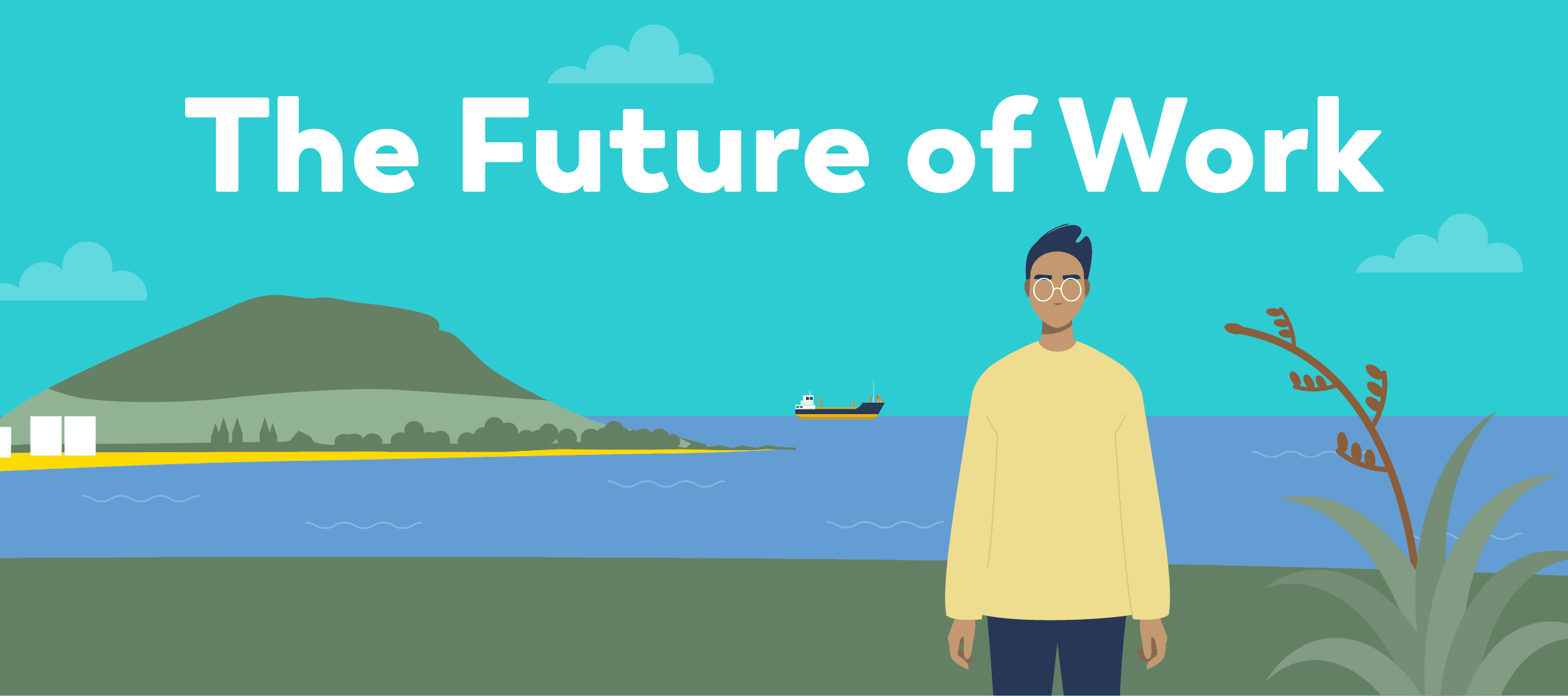Priority One has launched a new campaign Future of Work, in response to the Western Bay’s projected growth, which will see the sub-region create an additional 25,000 new jobs over the next 15 years.
The Future of Work campaign aims to ensure the Western Bay’s current and future workforce is equipped to adapt and fill predicted labour shortages.
Greg Simmonds, Priority One Chief Operations Officer, says the region needs to start talking about how it will rise to the challenge of retaining its young people and attracting talent for the rapidly changing workforce.
“By 2050, the Western Bay will have at least another 40,000 new jobs – and we need local people to help fill those,” Greg says.
“Together, we need to reimagine how people will work together in the future by rethinking traditional workforce models.
“The reality is some jobs will be lost, many others created, and almost all will change. We need to prepare the workforce of tomorrow so they can tackle the challenges that these changes will bring.”
Greg says many of the jobs required in the future haven’t been defined yet.
“What we do know is that many of the transferrable skills people have now will be needed – that’s critical thinking, creativity, communication, collaboration, character, and culture.
“Many within our workforce already have those skills, so what the region needs is a combination of employers recognising the transferability of those skills and for the workforce to be confident to apply them in different settings.”
A challenge for the region, and indeed, much of New Zealand, is that young people are studying subjects not necessarily aligned to the jobs of the future.
Tertiary Education Commission data shows subjects like engineering, society and culture, management and commerce, sciences, and food and hospitality are among the most popular for school leavers.
However, national growth sectors also include agriculture and agri-tech, education, health, and IT.
“There’s clearly a disconnect,” Greg says. “When you look locally, the sectors expected to generate the biggest number of jobs by 2050 are professional services and business support, health, construction and trades, agriculture and horticulture, manufacturing, and education.
“Part of the Future of Work campaign is looking at how we better prepare our young people for these changes in the workforce.
“We need to build a new generation that is curious, imaginative, and resilient. People who are confident and determined to create their own employment and manage their careers in a new way.”
Not only will the region’s jobs change but its demographic makeup will too, with growth projections revealing by 2030 that Māori and Pasifika will make up 30 per cent of the working-age population across the Bay of Plenty. That figure is expected to increase to 50 per cent by 2050.
“That’s quite the shift from what we’re currently experiencing,” Greg says. “We need to develop and enable local people to meet predicted labour market shortages – particularly our growing Māori youth population.
“Let there be no mistake – our future is exciting and vibrant. Technological advances mean our young people will be in jobs their parents and grandparents couldn’t even dream about.
“But we need to position the Western Bay to best leverage and respond to the innovations, entrepreneurship and opportunities of the future.”
See the campaign on Facebook.

